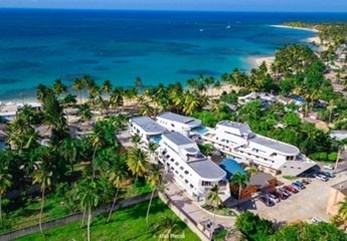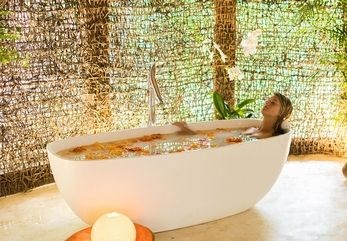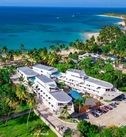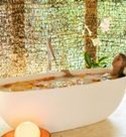
Tainos Art
When Christopher Columbus and his men approached this Caribbean island, which they named Hispaniola in 1492, they discovered a peaceful and welcoming Amerindian people who had settled on these lands for several hundred years, probably from the Orinoco speaking the Arawak language: the Tainos.
Taino, means noble (or good man) synonymous with divine, this people was spiritually advanced practicing ancestral rituals to communicate with spirits and had developed an artistic culture strongly marked by Mayan traditions.
According to the monk Las Casas, the island of Quizqueya housed 3 million Tainos living in villages organized in kingdoms, governed by the “caciques”, devoted themselves to agriculture on a generous land. The abundance and variety of their crops, techniques and tools attest to a great knowledge of their surroundings. They enjoyed music, dance, the game of the ball or Batey, crafts and religious rituals
The caste of agricultural workers, the Naborias, dedicated their free time to rituals and the production of religious objects : amulets, idols or zemies, and vomiting spatulas for the cohoba ritual., hallucinogenic powder inhalers, duhos (ceremonial cacique seat), masks, pottery and chiseled vases.
These skilled craftsmen and excellent sculptors worked hard woods, stone, shells and whale bones, making fabric and basketry.
The Tainos and their ancestors have produced countless utilitarian objects for their daily life or work in the fields and many symbolic ceremonial objects scattered throughout the country including in the Samana Peninsula.
Here are some examples of the most symbolic objects of Taino art.


Related news
Coconut Whispers Spa at the Sublime Samaná
Nestled between the Hotel Sublime Samana and the V Samana Ho...Ver más







